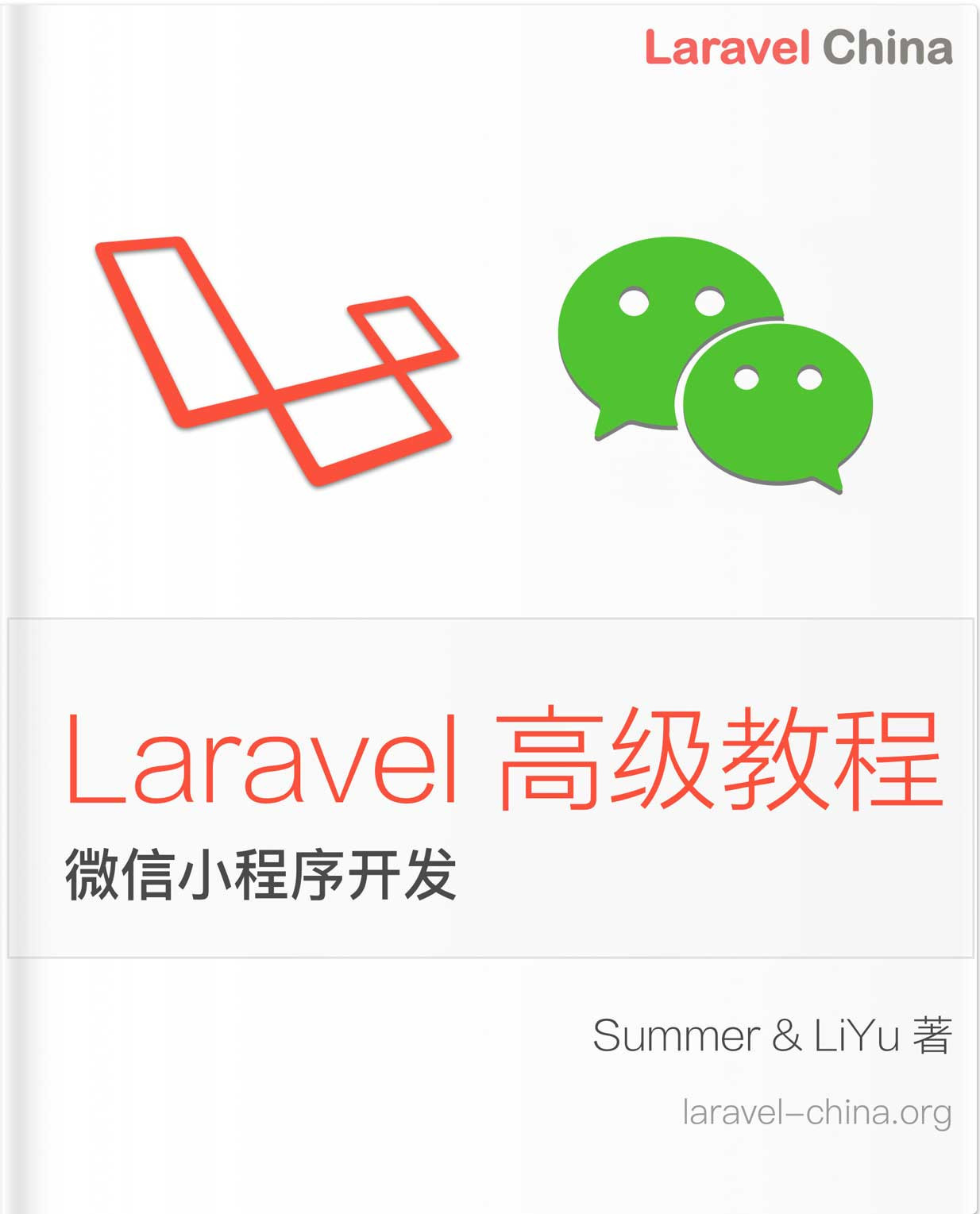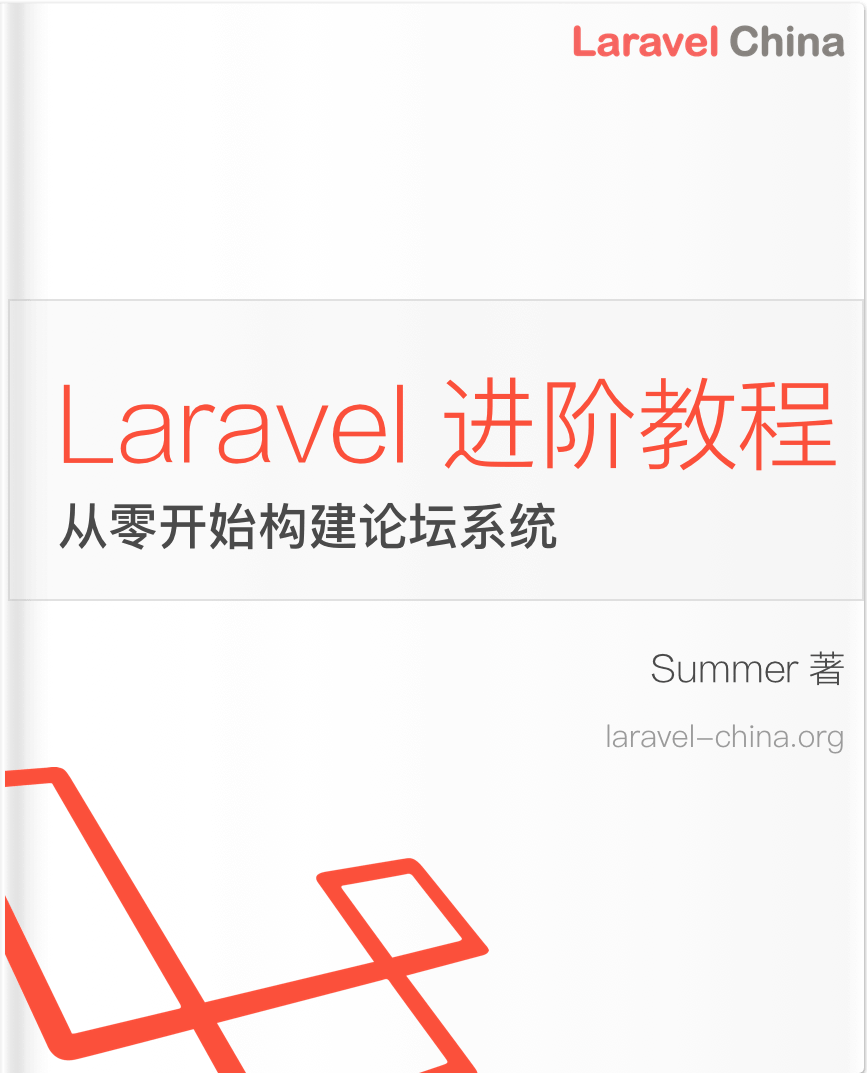讨论数量:
看源码不就知道了
/**
* Define an inverse one-to-one or many relationship.
*
* @param string $related
* @param string|null $foreignKey
* @param string|null $ownerKey
* @param string|null $relation
* @return \Illuminate\Database\Eloquent\Relations\BelongsTo
*/
public function belongsTo($related, $foreignKey = null, $ownerKey = null, $relation = null)
{
// If no relation name was given, we will use this debug backtrace to extract
// the calling method's name and use that as the relationship name as most
// of the time this will be what we desire to use for the relationships.
if (is_null($relation)) {
$relation = $this->guessBelongsToRelation();
}
$instance = $this->newRelatedInstance($related);
// If no foreign key was supplied, we can use a backtrace to guess the proper
// foreign key name by using the name of the relationship function, which
// when combined with an "_id" should conventionally match the columns.
if (is_null($foreignKey)) {
$foreignKey = Str::snake($relation).'_'.$instance->getKeyName();
}
// Once we have the foreign key names, we'll just create a new Eloquent query
// for the related models and returns the relationship instance which will
// actually be responsible for retrieving and hydrating every relations.
$ownerKey = $ownerKey ?: $instance->getKeyName();
return $this->newBelongsTo(
$instance->newQuery(), $this, $foreignKey, $ownerKey, $relation
);
}加查询条件可以:
return $this->belongsTo(Pricing::class, 'pricing_id', 'id')->where('', ''); //全局加上
Product::with(['pricings' => function($query) {
$query->where('your quiry condition')
}])




 关于 LearnKu
关于 LearnKu




推荐文章: